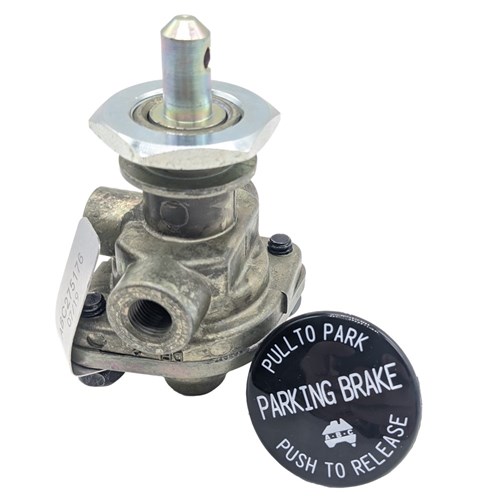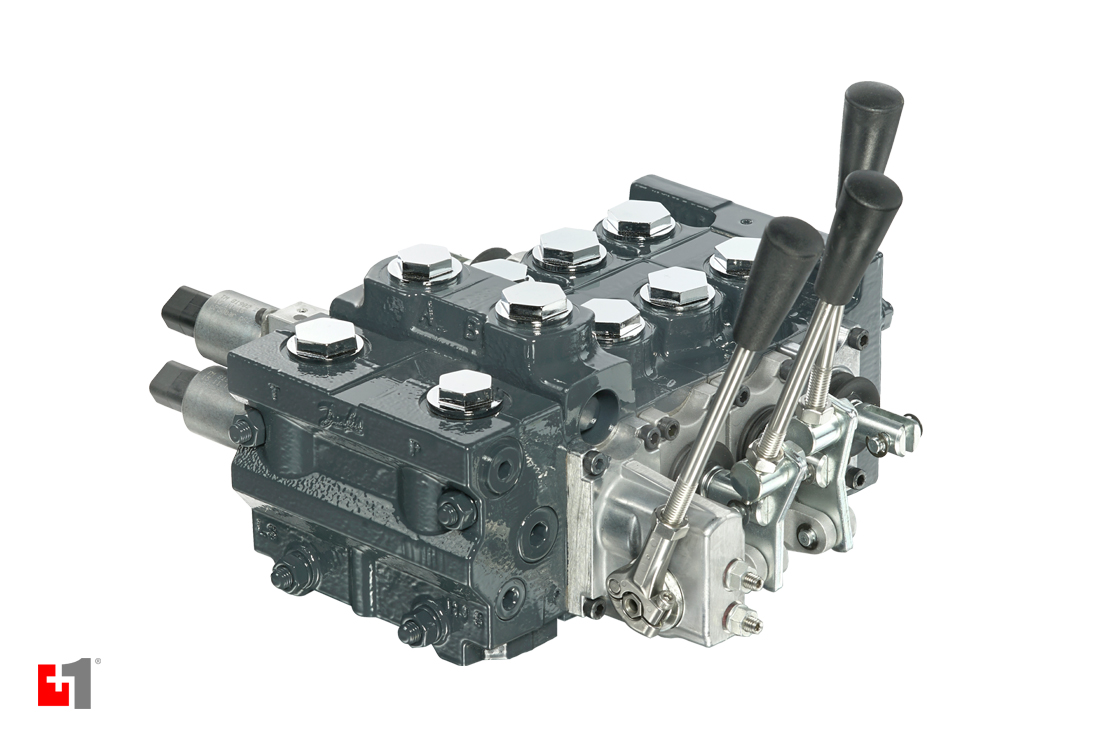Ingenious Control Valves: Enhancing Precision and Integrity
Ingenious Control Valves: Enhancing Precision and Integrity
Blog Article

Maximize Power Financial Savings and Comfort With Advanced Building Automation Controls
In the world of modern style and center administration, the assimilation of advanced building automation regulates stands as a critical improvement. By taking advantage of the power of automation, structures can adapt, react, and advance in means that were once inconceivable.
Power Performance Advantages
Power efficiency benefits can dramatically lower energy intake and operational costs in structures. By applying energy-efficient methods and modern technologies, structure proprietors and drivers can attain significant financial savings while likewise adding to ecological sustainability. Among the primary benefits of boosting energy performance in buildings is the reduction of utility expenses. Energy-efficient systems, such as innovative building automation controls, can maximize using sources like air conditioning, lights, and home heating, leading to lower power expenditures with time.
Furthermore, improved energy performance can lengthen the life expectancy of building tools and systems. By running much more successfully, a/c systems, lighting fixtures, and various other building components experience less damage, leading to decreased maintenance and replacement costs. Additionally, energy-efficient structures usually regulate higher residential or commercial property values and rental prices, giving long-lasting monetary advantages to proprietors.
Furthermore, power performance can enhance resident comfort and efficiency. Effectively regulated indoor environments with optimal illumination and thermal problems develop an even more helpful and positive work space, leading to improved employee satisfaction and performance. In general, the power efficiency benefits related to advanced structure automation controls are diverse, including price financial savings, ecological stewardship, and occupant well-being.
Enhanced Comfort Control
Enhancing convenience control in structure settings calls for an advanced integration of advanced automation systems for optimum owner health. By using advanced building automation controls, centers can tailor the indoor setting to satisfy the certain needs and choices of passengers. control valves.
Improved comfort control surpasses fundamental temperature changes. It includes features such as tailored setups, occupancy sensing units, and natural light application to produce a dynamic and receptive environment. By including these sophisticated controls, buildings can not just improve comfort yet likewise boost power efficiency by maximizing system operations based on real occupancy and use patterns. Eventually, prioritizing passenger comfort via advanced automation systems brings about a much more pleasurable and much healthier indoor atmosphere.
Functional Efficiency Improvements

Moreover, the application of learn this here now real-time monitoring and analytics devices allows building operators to recognize power inadequacies and functional anomalies quickly. By continually monitoring power use patterns and system efficiency metrics, changes can be made in real-time to optimize energy consumption and guarantee peak operational efficiency. control valves. Furthermore, including demand action strategies into building automation controls can additionally improve operational performance by dynamically readjusting power usage based on grid problems and prices signals
Indoor Environment Optimization
Reliable indoor environment optimization is a fundamental aspect of building automation controls, guaranteeing passengers' comfort and well-being while maximizing energy savings. By utilizing sophisticated sensing units and controls, constructing automation systems can continually keep track of and change temperature, moisture degrees, air high quality, and air flow to develop an optimum interior setting. Maintaining consistent and comfortable problems not just enhances occupant complete satisfaction but likewise enhances performance and general wellness.
Indoor environment optimization additionally plays a crucial duty in power effectiveness. By fine-tuning heating, cooling, and air flow systems based upon real-time data and occupancy patterns, developing automation controls can substantially lower power intake - control valves. For example, executing methods such as demand-controlled air flow and thermal zoning can help lessen power waste while making sure that each area of the structure obtains the needed conditioning.

Sustainable Environment Production
Structure automation controls not only optimize interior climate conditions for energy performance and resident convenience however likewise lay the structure for developing a sustainable environment with critical management of systems and resources. By incorporating advanced structure automation innovations, such as sensing units, actuators, and intelligent software application, facilities can change and keep track of energy use in real-time to reduce waste and minimize their carbon impact. These systems enable predictive maintenance, recognizing prospective concerns before they escalate and optimizing equipment performance to boost durability and effectiveness.
Moreover, sustainable environment development expands past power monitoring to incorporate water preservation, waste reduction, and indoor air quality renovation. Structure automation controls can manage water usage, spot leakages, and make certain proper waste disposal techniques, contributing to overall sustainability efforts. Furthermore, by managing and keeping track of ventilation and filtering systems, these innovations improve owner wellness and productivity while reducing energy usage connected with HVAC procedures.
Verdict
To conclude, advanced find out structure automation regulates deal significant advantages in terms of energy cost savings, convenience control, functional efficiency, interior environment optimization, and producing a sustainable environment. By applying these controls, structures can attain optimal efficiency while reducing power usage and boosting passenger convenience. It appears that using sophisticated automation modern technology is essential in improving structure efficiency and producing a much more lasting future.
Power efficiency benefits can considerably decrease power usage and functional expenses in structures. Overall, the power efficiency benefits associated with advanced structure automation controls are diverse, incorporating cost savings, ecological stewardship, and resident wellness.
In addition, integrating demand response approaches right into structure automation controls can even more boost functional performance by dynamically changing power use based on grid conditions and rates signals.
Building automation controls not just maximize interior environment problems for power efficiency and occupant comfort yet likewise lay the structure for creating a sustainable atmosphere with strategic administration of sources and systems.In conclusion, advanced structure automation regulates deal substantial benefits in terms of energy savings, convenience control, operational performance, interior climate optimization, and producing a lasting environment.
Report this page